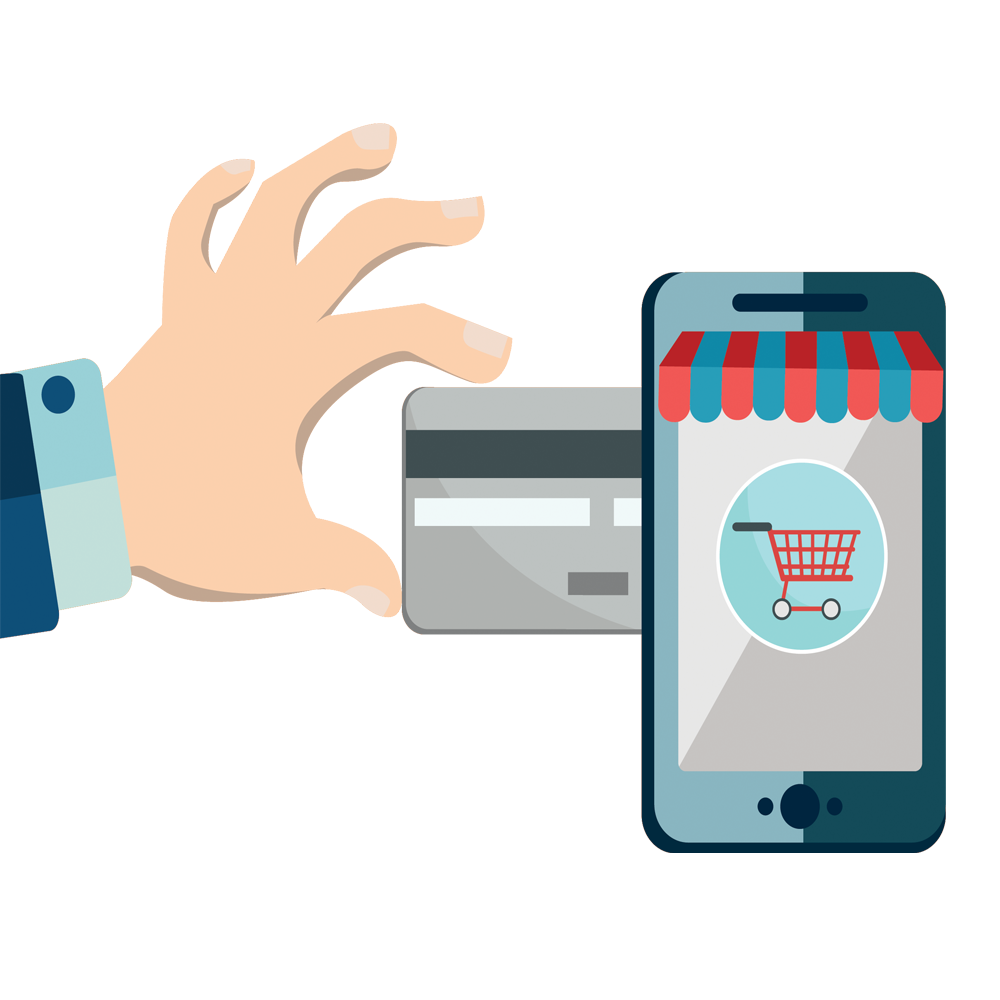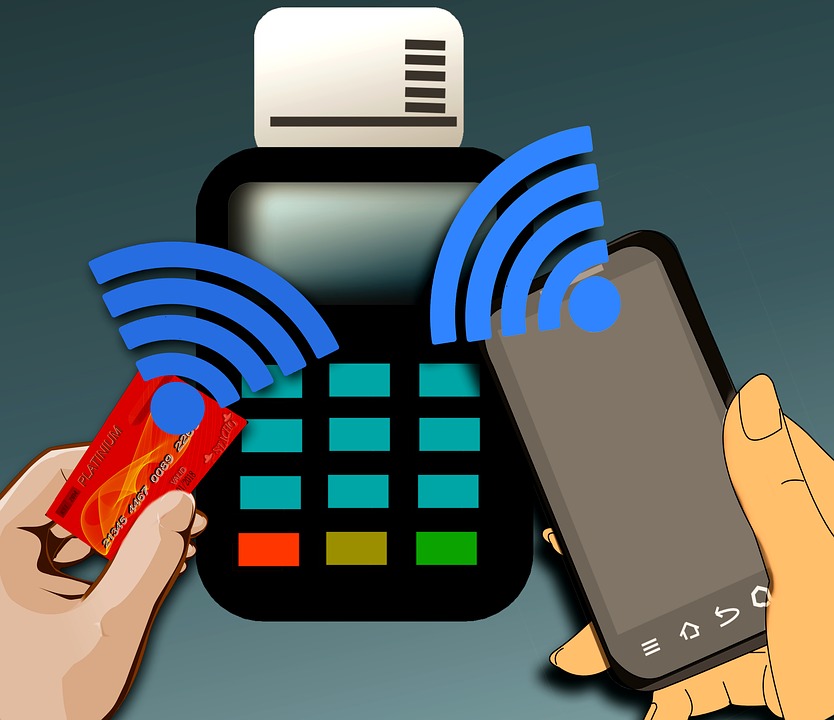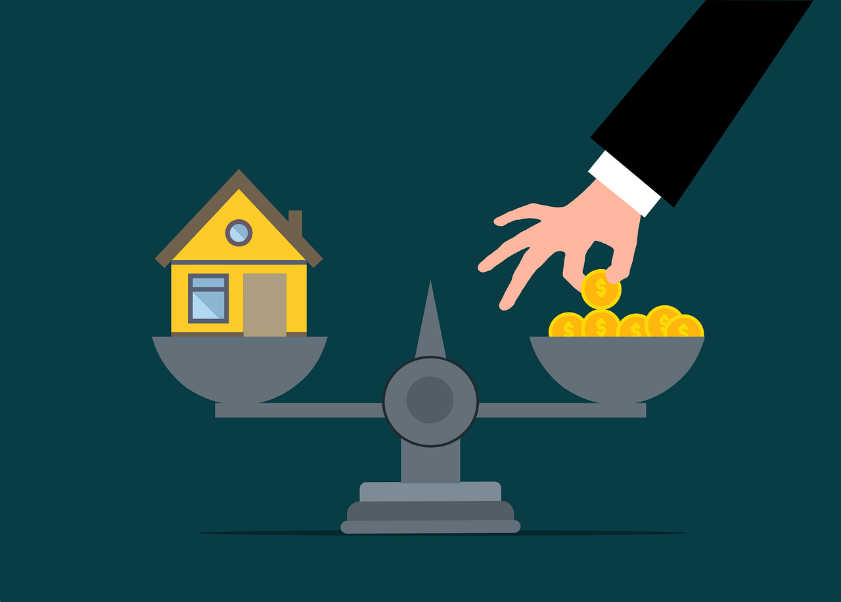The last ten years have dramatically changed the way we pay for goods and services. Contactless payments, digital wallets, and all, have done more to make cash 'passé' than thought possible. In the future, technology will develop such payment systems as one of efficiency, security, and that flexibility. This article explores the emerging trends of payment methods, their benefits and drawbacks, and what is in store for both consumers and businesses.
The Emergence of Contactless Payments
Contactless payments are increasingly adopted at an unprecedented pace. Mastercard reported that contactless payments are used by 79% of consumers globally in the year 2023, up from 66% in 2020. Consumers are increasingly adopting contactless payments to save time and ensure more hygiene, especially in the post pandemic period.

Benefits of Contactless Payments
- Speed and Convenience: Contactless payments allow users to tap a card or mobile device to pay, thus achieving massive reductions in checkout times. The transaction process usually takes less than a second, making it perfect for high-traffic stores like supermarkets, coffee shops, and public transportation.
- Increased Security: Contrasting with the traditional card transactions where a swipe or insertion of a chip stands as the authentication, contactless employs NFC to generate a unique code for every transaction. The process renders it challenging for scammers to recreate the information.
- Cleaner Payment Method: With less physical contact involved, contactless payments require one to handle little cash and less handling of payment terminals, thereby providing a cleaner alternative.
Digital Wallets: The New Normal
Digital wallets such as Apple Pay, Google Wallet, and PayPal have a major share of online and in-store payments. In 2022, over 2.8 billion people worldwide used digital wallets; this is projected to jump up to 4.4 billion by 2025 as stated by Juniper Research. The digital wallets allow users to store payment information safely and to make purchases by just tapping or clicking.
Key Advantages of Digital Wallets
- Multi-Functionality: Payment transactions are not the only thing digital wallets can do. They may carry loyalty cards, coupons, tickets, even IDs. Flexibility of use here means carrying less but getting at more things.
- Budgeting Your Money Features: Most digital wallets come with spending tracking and budget management tools. For example, on Venmo and Cash App, one can trace their expenditure and set limits on the expenditure and control it easier.
- Rewards and Incentives: Some digital wallet companies give a cash-back, discount offers, or a reward for transacting through the particular company's platform. It encourages others to adopt digital wallets for their daily transactions more.
Role of Mobile Payments
Mobile payment acceptance has been constantly upsurging because people have grown so habitual to using their phones day and night. Statista reports that in the year 2023, 57% of global customers were conducting at least one mobile payment per month. The completion of any type of transaction via a smartphone applies to mobile payments - either in person or over the internet. With such services as Samsung Pay and Alipay, the process has been streamlined and user experience improved.
Revolutionizing The Perception Towards Payments
- Integration With Other Services: Mobile payments can be integrated with ride-sharing applications, food delivery services, and even utility bill payments for the ease of managing several aspects of life from one place.
- Cross-Border Payments: Mobile wallets also enable cross-border transactions so that users can send and receive money internationally at lesser fees than the traditional banking methods.
- Financial Inclusion: Mobile payments can also be used as the channel through which people with limited access to conventional banking services can use economical services. Indeed, Kenya is just one such case where M-Pesa facilitated access to finance. However, with the improvement in mobile payment solutions, some challenge and concern with this transition towards electronic payments is being faced.

Key Challenges to Privacy and Security Risks
Although digital payments boast numerous security features, they are not free from cases of data breach or identity theft. People should be cautious and safeguard their information to safeguard the platform.
- Technology Dependence: The dependence on technology is a problem when there is a technical failure or when technology goes down. If the payment system crashes or the mobile phone device goes down, people might become incapable of transacting.
- Digital Divide: Yet part of the population is still uncomfortable with digital payments, mainly older adults or even those who have limited access to technology. Bridging this gap is absolutely vital to make sure all benefits of digital payments reach everyone.
Measures of Growth in Digital Payments
It is clear that there is a move toward cashless payments based on a few metrics:
- Total transaction value of digital payments worldwide totaled around $8.5 trillion in 2022 and is expected to reach $10.5 trillion by 2025, growing through the medium of Statista.
- Contactless payments account for 30% of total card transactions in the US; interest in tap-and-go is growing.
- The global digital wallet market is going to rise at a CAGR of 15% during the period of 2023 to 2030, with Asia-Pacific projected to lead as said by Grand View Research.
Payment Methods in the Future
The payment method landscape is likely going to advance more than just contactless cards and digital wallets. The future will see more roles played by emerging technologies such as biometric authentication, blockchain, and cryptocurrencies.
- Biometric Payments: Finger scan, face scan or even iris scan-based payment methods may be the order of the day. This technology adds one more layer of security and convenience.
- Cryptocurrency and Blockchain: Though still in the start of widespread adoption, cryptocurrencies and blockchain technology are poised to revolutionize payments, especially international payments with sky-high banking fees.
- Super Apps: The concept of "super apps" in China, using WeChat and Alipay for services ranging from payments, messaging, and social media, could eventually sweep across other parts of the world, creating one digital experience that can be interpreted in an all-in-one way.

Future Outlook
The time is changing rapidly and switching toward a digital and contactless face of the future of payments. How this will play out remains to be seen, but one thing is certain: each new wave of technology propels the mechanisms of payment further toward faster, more secure, and inclusive transactions. While the challenges, like security threats and inequality in digital dividend, are there, the obvious advantages of adopting these new forms of payment in line with these technologies are accruable benefits. The consumers and businesses should be adequately informed for any change and adaptation to a cashless society increasingly becoming the way of life. Using contactless and other digital payments allows us to prepare for the much futuristic financial world that comes to be tomorrow.





